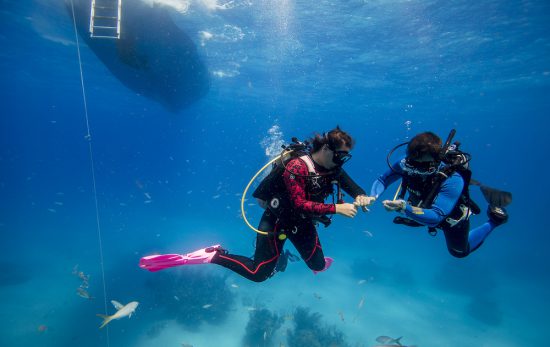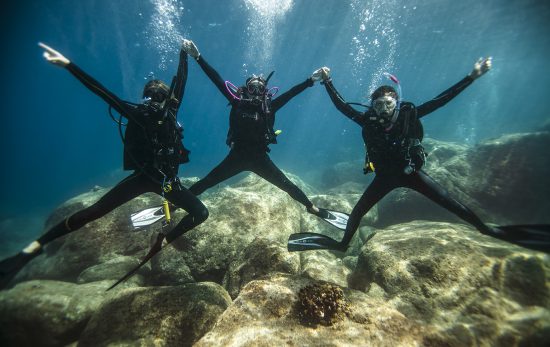The buddy check, which has been given the acronym BWRAF, is an important accident prevention procedure new divers learn during the PADI Open Water Diver course. As divers gain more experience, the buddy check is often reduced to one diver asking the other, “You good?” Yet, a simple “you good” is not enough when it comes to adventure sports. It’s a sad fact that diver error is a leading cause of scuba diving accidents.
According to DAN, accidents are just as likely to happen to new divers compared to those certified for several years. Let’s build habits and remind each other that it is much easier to fix a small problem above water than to deal with a big problem underwater.
But how do you remember the proper buddy check procedure? Most new divers learn a mnemonic device to remember BWRAF, such as “Begin with Review and Friend”, to remember the steps in a buddy check (BWRAF). There are many other ways to remember the acronym, but we’ll get to those in a moment. First, here’s a quick review of how to do a proper buddy check.
When to Conduct a Buddy Check?
Before every dive. It’s important to note that if you are making more than one dive in a day, it’s not enough to simply make a buddy check before the first dive. After each surface interval, and before you enter the water for your next dive, you will need to make a thorough buddy check.
BWRAF
Below, we’ll detail what each letter of BWRAF stands for and how to perform that section of the buddy check. The steps should be completed in the following order:
B – BCD/Buoyancy
Make sure everything is connected and functioning. Test the inflator button and all the deflate valves (including the overpressure release valve). Dry suit divers should check that they have attached their dry suit inflator hose securely to the valve, check that it is working properly and then check to ensure their deflator valves vent air properly.
It’s important to know how to adjust your buddy’s gear. If you’re unfamiliar with their equipment, ask questions. In an emergency, you’ll be glad you did.
W – Weights
Ensure both you and your buddy have weights and that all weights are secure. If a BCD has integrated weight pockets, give a gentle tug on BCD weight pouches to confirm they’re locked in and won’t fall out during entry. Then, if applicable: check weight belts, rear BCD weight pockets, and any other places where weights may need adjustments. If your buddy is wearing a weight belt, ensure that it is set up for a quick release.
R – Releases
First, check all your releases and fastenings to confirm they are secure. Then, tell your diving partner how to open the releases if needed in an emergency. Do the same checks on your dive buddy. The most common releases are – tank straps, shoulder and chest straps, and belly straps. (Check to make sure there aren’t any hoses or other items positioned in a way that might prevent a diver from getting out of their equipment in an emergency.)
A – Air
Don’t skip this step! Taking a quick breath or two off the regulator isn’t enough. A proper air check means verifying the cylinder valve is completely open by This ensures the tank valve is open, the air is available for the dive, your monitoring gauge is working, and the air tastes and smells okay. Also, recheck the BCD and dry suit inflator connection and function, and check that the alternate second stage (regulator) is properly secured in the chest area, making sure your buddy knows where to locate it in an emergency.
Note: If you or your buddy are diving with nitrox, you should have analyzed your tanks prior to kitting up.
F – Final Check / Final Okay
As part of the final check, gather your remaining items of gear (mask, snorkel, fins, dive light, dive knife, camera, audible and visual signaling device, etc.). Be sure to secure loose hoses and other objects that may dangle and damage the reef. Lastly, do a head-to-toe check to ensure both you and your buddy are ready to go.
The steps described above are a generic, quick review for divers using an open circuit system. If you’re diving technical or rebreather, you should conduct safety checks appropriate to that diving procedure.
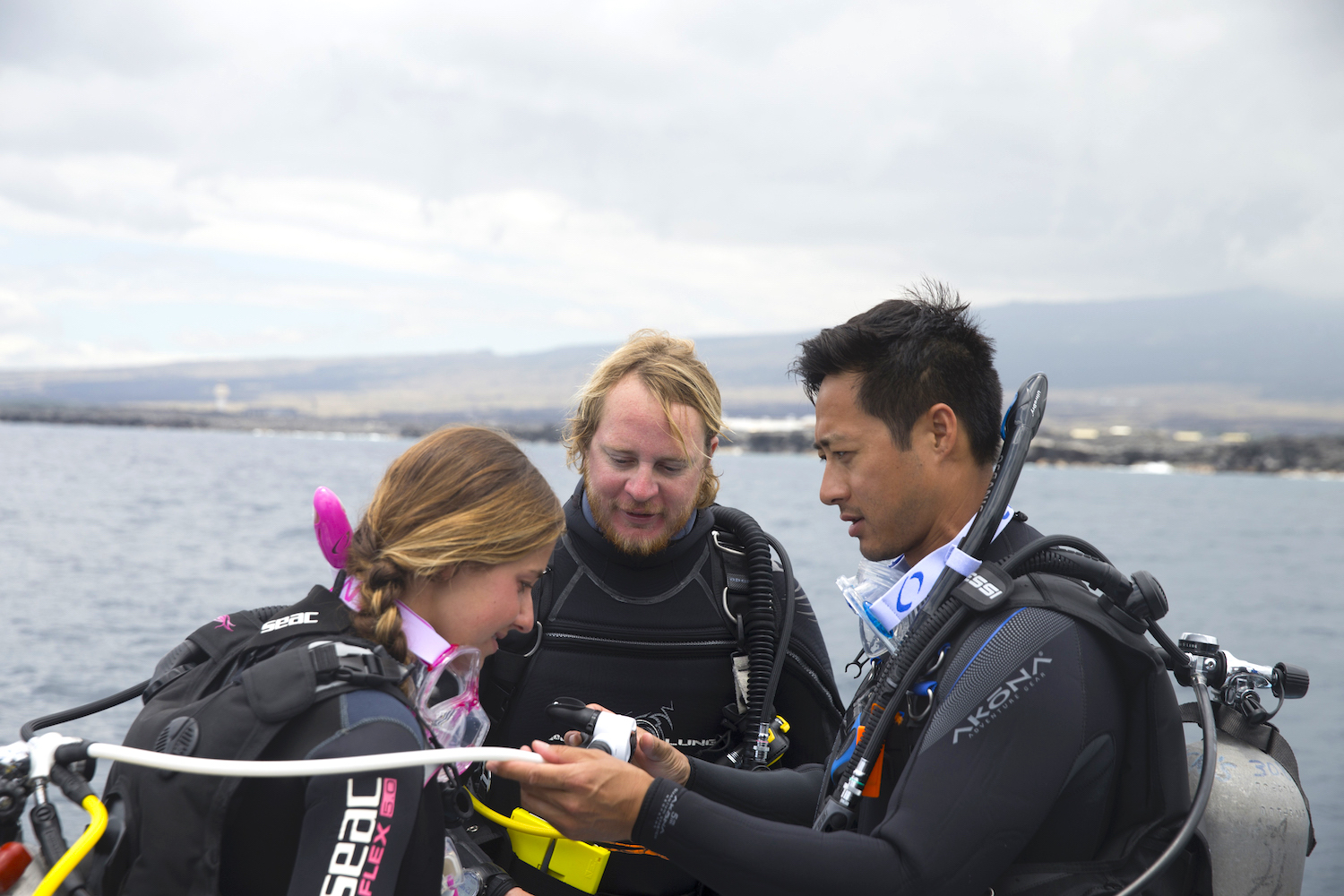
Ways To Remember BWRAF
Divers have come up with innumerable ways to remember BWRAF other than “Begin with Review and Friend.” Here are some of our favorites!
- Babies With Rashes Are Fussy
- Barf Will Really Attract Fish
- Barry White Records Are Funky
- Beans With Rice And Fish
- Breathing Water Really Ain’t Fun
- Bruce Willis Ruins/Rules All Films
- Big Whales Really Are Fast
- Burgers With Relish And Fries
- Big White Rabbits Are Fluffy
- Being Wary Reduces All Failures
- Because We Really Are Friends
- Because We Really Ain’t Fish
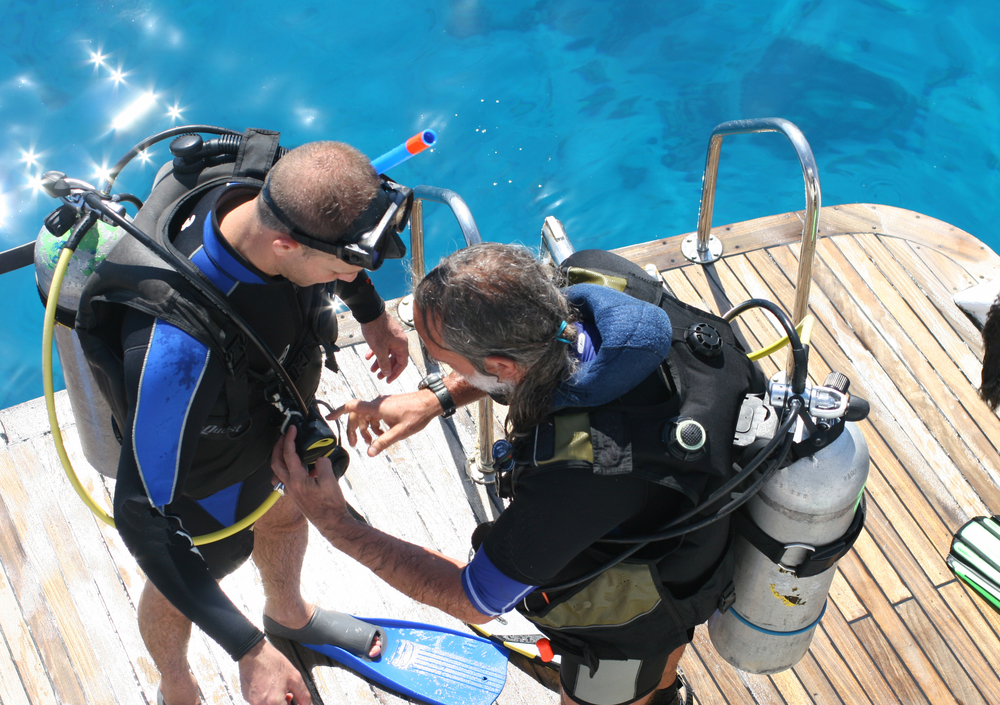
The Value Of BWRAF
As divers, safety is our number one priority. Safety first for ourselves, then for other divers, and even the safety of marine life and coral reefs. Because we can all make mistakes, following BWRAF as a buddy check can prevent equipment problems and human errors. According to DAN’s 10 Ways to Prevent Scuba Diving Accidents, five out of 10 scuba accidents likely could have been prevented by a pre-dive buddy check. Checking your equipment and your buddy’s is vital to safety underwater, so don’t forget to do a buddy check before each and every dive!
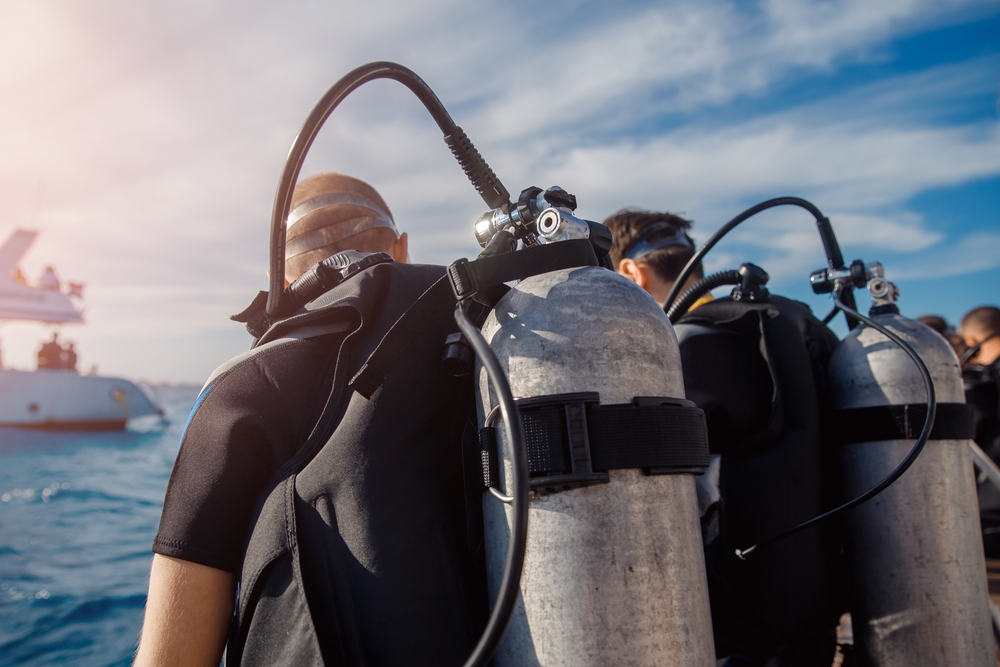
Common Mistakes Divers Make with BWRAF
- Rushing through the safety check – We get it, you’re excited to jump into the water! However, to ensure a fun and safe dive, it’s crucial for all divers to properly execute the full pre-dive safety check. This means taking a few minutes to properly follow every step of the BWRAF check.
- Ignoring minor equipment issues – A lightly cracked dive computer or a broken mask seal may seem like no biggie on the surface. But once you begin your descent, these minor equipment issues can cause serious discomfort and potentially fatal equipment malfunctions. If you notice anything less-than-perfect during the BWRAF check, make sure to remedy it before beginning your dive.
- Not communicating with their buddy – Some divers may be nervous when diving with a new buddy. but the BWRAF check is an excellent way to connect over trusting your buddy to check your equipment setup. Divers should encourage each other to vocalise what they observe during each step. Such as “I can see your weights are nice and secure, let me give them a gentle tug to make sure they won’t come loose”.
- Not checking airflow thoroughly – As we covered earlier, taking a few breaths out of the regulator is not enough to adequately check airflow in the equipment. During the buddy check, you must follow all the steps, including breathing from the primary and alternate second stages while looking at an SPG or air-integrated computer. additionally, checking the inflator hose, and the alternate inflator hose.
Get Prepared with PADI Rescue Diver
PADI offers two courses, in particular, that help a diver to be more prepared for emergency situations in and out of the water. These are the PADI Rescue Diver course and the Emergency First Response (EFR) Primary and Secondary Care course. To take the PADI Rescue Diver Course, you’ll need to be an Advanced Open Water Diver (or an Adventure Diver with a completed Navigation Dive). The Rescue Diver course prepares you for most situations that can occur on the surface and underwater. After completing this course, you’ll be able to assist during an emergency until help arrives. The EFR course is a prerequisite for the Rescue Diver course, but it’s also extremely useful by itself. Upon completion of the EFR course, you’ll be certified in CPR & AED use, as well as primary and secondary care.
Ready to Take Your Education Further?
When you think about it, BWRAF is just like the other processes you do every day. Think about the checklist you go through before leaving your home – filling up your water bottle, taking a jacket, grabbing your phone, wallet, keys, etc. You’ve developed this procedure to ensure you’re prepared to deal with whatever situation may arise while you’re away. Whether you’re leaving home for the day, or leaving the topside world for the underwater one, it’s important to be prepared. Doing a buddy check can help make sure your dive is about having fun rather than dealing with problems.
Become a Rescue Diver to be more prepared!

